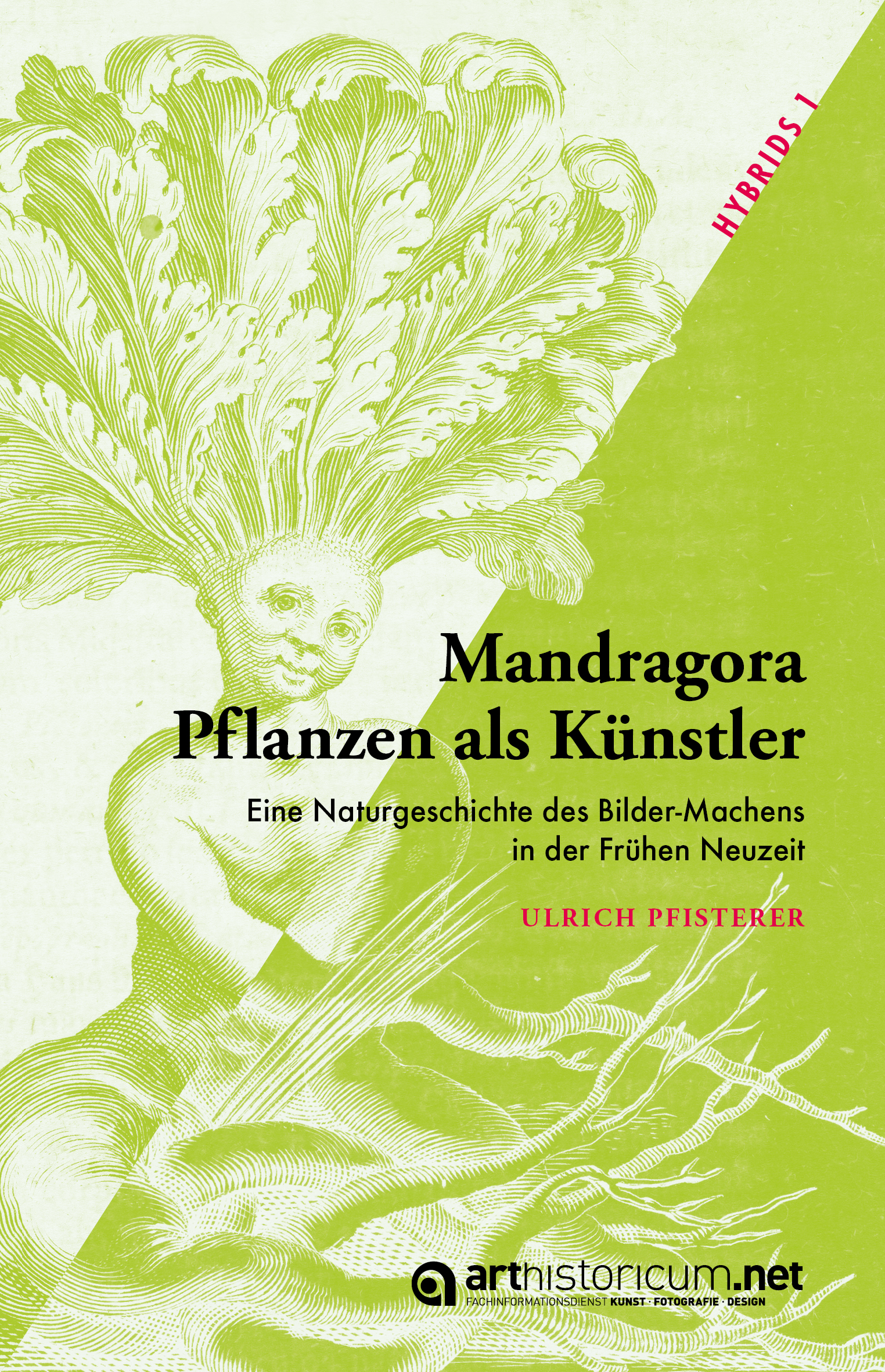
How to Cite
Identifiers
Published
Mandragora – Pflanzen als Künstler
Eine Naturgeschichte des Bilder-Machens in der Frühen Neuzeit
Plants produce images, nature is an artist. What reads like an avowal of contemporary eco-art was already a subject of intense interest in early modern times: after all, there are many forms in nature that are reminiscent of a human figure - such as the mandragora or mandrake root. Explanations ranged from superstition and speculation about divine messages hidden in creation to scientific theories. At the same time, the relationship between natural and artificial products and the conditions for precise observation were also considered. One highlight of these discussions was the publication of an anthropomorphic beetroot in 1670 in Germany's first scientific journal.
Media coverage
"In einer herrlich zweckfreien und zugleich anregenden Monographie ist der an der Ludwig-Maximilians-Universität München lehrende Kunsthistoriker Ulrich Pfisterer der Geschichte der Mandragora jetzt unter dem Gesichtspunkt ihrer Bildmächtigkeit und ihres Einflusses auf das Entstehen einer Bildanthropologie nachgegangen..."
Peter Rawert, in: Frankfurter Allgemeine Zeitung vom 27.09.2024, S. 12
Michael Kröger: Rezension zu: U. Pfisterer, Mandragora. Pflanzen als Künstler, in: KunstbuchAnzeiger.de, 06.11.2024 [Zugriff: 12.11.2024]







